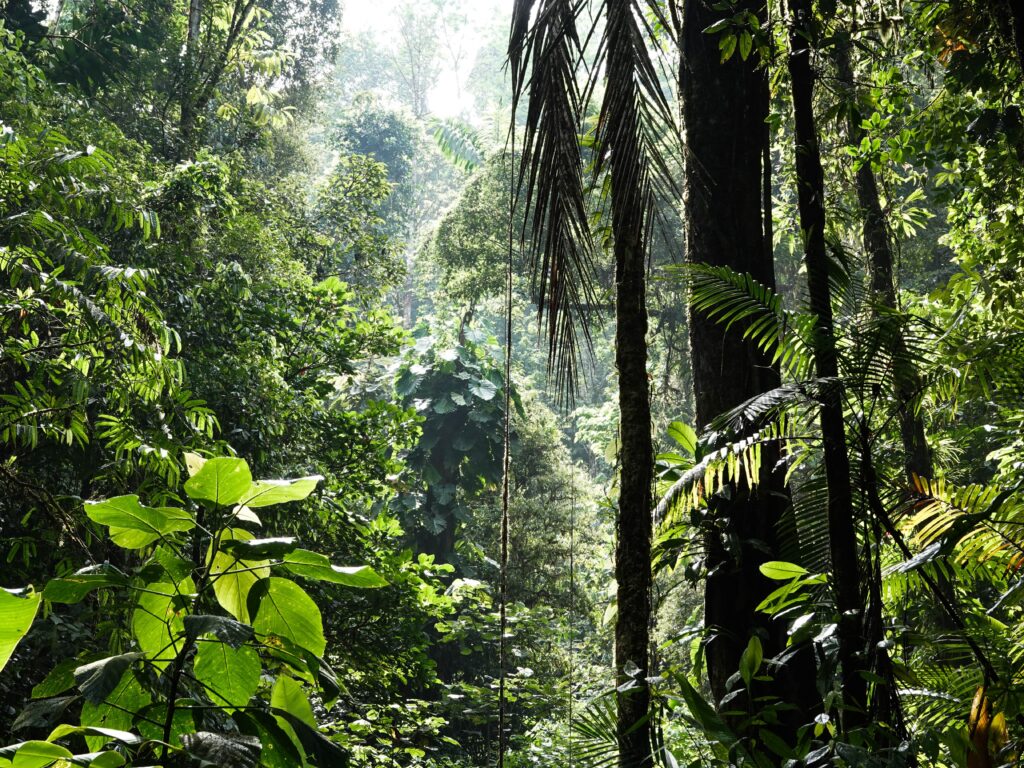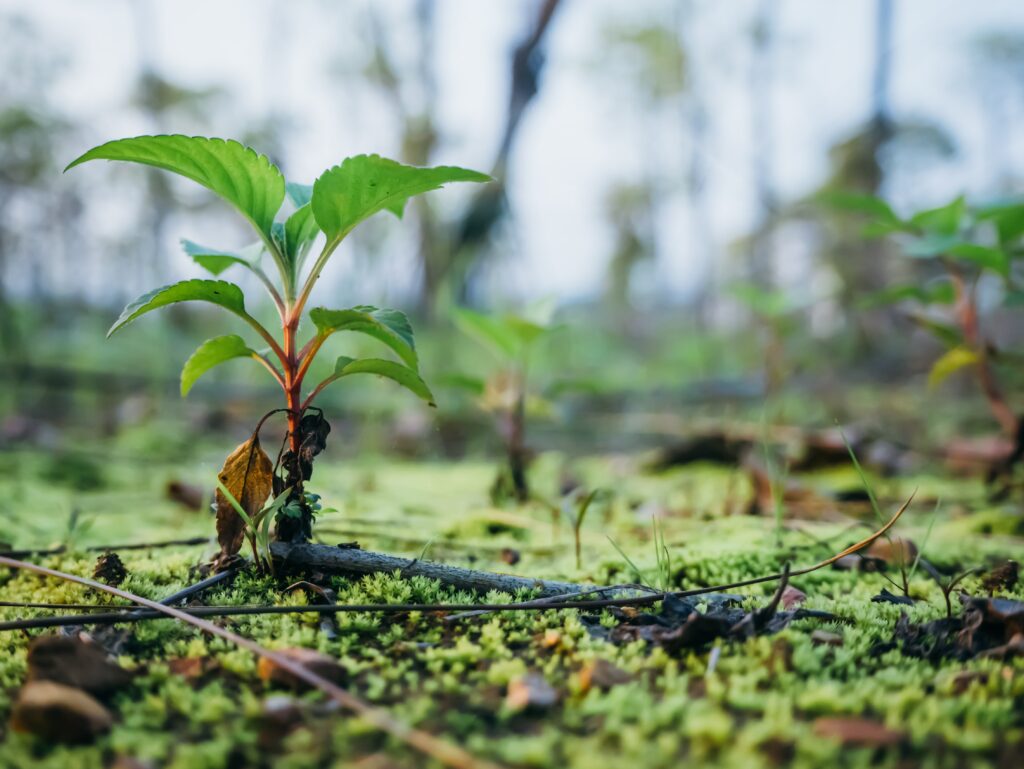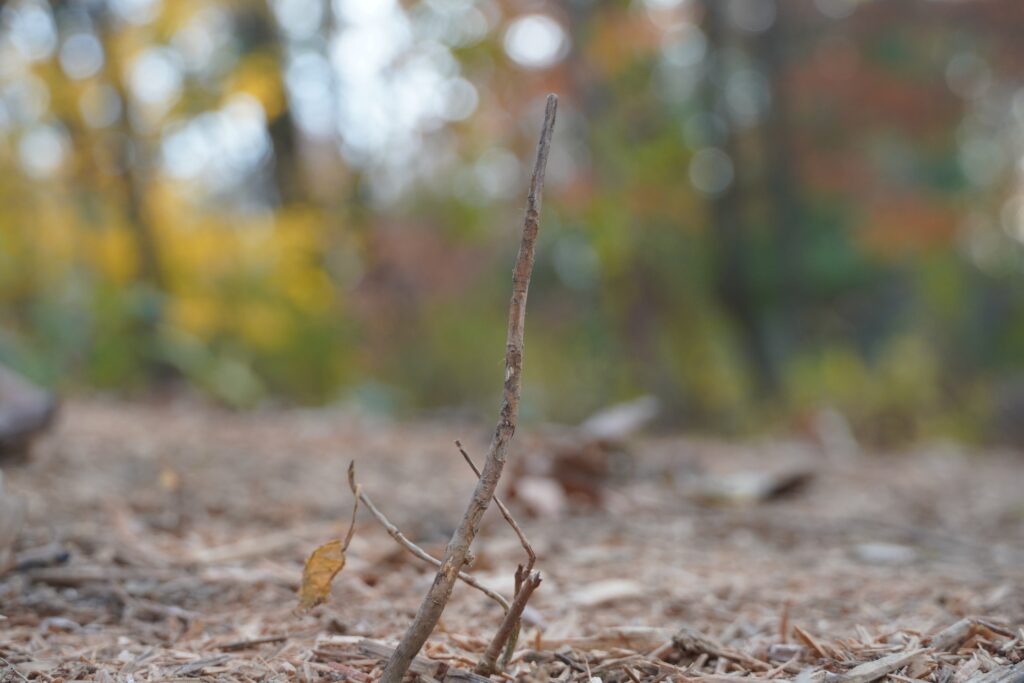We are faced with the biggest challenge humanity has ever faced: the climate and biodiversity emergency.
Greenhouse gas emissions are 60% higher than they were in 1990 and the richest 1% of the world’s population is responsible for more than twice as much carbon pollution as the 3.1 billion people who made up the poorest half of humanity. Sea levels are rising, storms are increasingly powerful, and heat waves and droughts are causing devastation. This crisis has been caused by human activity and must be urgently addressed in the next few years to avoid a catastrophe. To do this we must collectively cut emissions by 50% by 2030 and achieve Net Zero by mid-century. In 2023, we’re on track for between 15 and 21%.
Inextricably linked to the threat of climate change is the importance of maintaining a functioning biosphere. Biodiversity is in free fall with species dying off as much as 1,000 times more frequently than before the arrival of humans 60m years ago.

What can we do to return to a Net Zero and nature-positive world?
Although large corporations in the fossil fuel industry (oil, coal, and natural gas), fast fashion and overconsumption of meat are the leading causes of the crisis, many of us feel our social and environmental responsibility as individuals. We all know to avoid single-use plastic, reduce consumption and landfill and switch off lights, but we also intuitively know that it isn’t enough. What can we do?
What is Carbon Offsetting?
Carbon offsets are reductions in carbon emissions that are used to compensate for carbon emissions occurring elsewhere. They are measured in tons of CO2 equivalents and are bought and sold through the global carbon offset market. Put simply, carbon offsets are a way for you, me or a company to reduce their carbon footprint by paying money to a company that works to reduce the total amount produced in the world. A popular way to do this is by planting trees.
Is tree planting the way to Net Zero?
As a Nature Connection and Forest Bathing Guide working in the woods in Winchester, Hampshire, friends, family and customers often ask me about Tree Planting.
Globally, forests and city trees are thought to capture almost a quarter of the total global carbon emissions (hundreds of gigatons), including a third of fossil-fuel emissions.

Trees provide a home to three-quarters of the world’s plants and animals, give us oxygen, remove pollutants, limit flooding, stabilise the soil, store carbon, and provide food, fuels and medicines. They also soothe our nervous system and make us feel better. I’m a proud tree hugger and if you’re not in the club too, you really should be 🙂 Read more in the blog here.
Given that humans destroy a forest the size of Belgium every year, then yeah – planting trees sounds bang on. It’s also easy, affordable, and measurable. But, and there’s always a but, tree planting without due caution and diligence can do much more harm than good for our environment.
When tree planting goes wrong
Greenwashing
Organisations are greenwashing when they imply they are doing more to protect the environment than they really are. It’s an unsubstantiated claim to deliberately deceive consumers into believing that a company’s products are “environmentally friendly”.
A common example in business is the company that states that their new product is made from recycled materials, when in fact as little as 1% of recycled material can be used to make this claim. Misleading statements like this make it seem like the company is doing a lot more than it claims to be and in the process deceives consumers. Greenwashing as a term is a play on the word “whitewashing,” which means deliberately attempting to conceal unpleasant or incriminating facts regarding someone or something. Read more in this excellent blog.
Is tree planting greenwashing?
It can be. There have been cases where ancient, natural woodland rich with life has been replaced by commercial plantations with timber trees in straight lines, which will be harvested after a few decades. According to the Food and Agriculture Organisation FAO (2018), forests absorb roughly 2 billion tonnes of CO2 a year. However, the degradation of these forests is estimated to account for 20% of the annual greenhouse gas emissions (GHG). After Fossil fuel combustion, the deforestation of trees is still the second largest anthropogenic source of atmospheric CO2.
In one case, BBC journalists followed up on forests created in the Philippines to see whether the trees were really doing their promised job of sequestering carbon. They found the mangroves had been incorrectly positioned and planted in the sandier coastal areas, rather than the muddy creeks where they thrive. This was done because it was easier to plant them in the sand, and almost 90% had died.
Amazon, Samsung, Nestlé and Uniqlo have recently had their climate plans assessed as being of “low” or “very low” integrity. Not only are they putting our future on Earth at risk with their inaction and outlandish carbon neutrality claims, but they are also exposing themselves to increasing legal and reputational liability.
Tree planting vs tree protection
For anyone considering planting trees, I encourage them to explore all the options first. Proforestation (letting trees grow to their full potential) is more beneficial as mature trees sequester massively more carbon than their younger counterparts, are more resilient to fire, storm and droughts and support entire ecosystems.

If you do still decide to plant trees, it’s imperative you take a holistic view and choose your charity or not-for-profit with conscious care and curiosity.
I spoke with Lindsey Roberts at Beyond Procurement who specialise in offsetting and carbon-neutral project. They said, “In order to tackle the devastating effects of the climate crisis, every person must do their part. However, It is important to do your research to find the avenues that are most trusted and backed by government standards when it comes to carbon offsetting. Sustainable everyday choices might make a small change, but spreading accurate and effective information will be the key to success”. To learn more about viable carbon offsetting projects or how to make your business carbon neutral, please reach out to Lindsey or the Beyond Procurement Team who would be glad to assist you on your journey towards Net Zero.
You can also follow these pointers, inspired by the Royal Botanic Gardens, Kew:
-
Protect existing forests first
Forests are home to 70% of terrestrial biodiversity and they support 1.6 billion people around the world.
-
Involve local people in tree-planting projects
Indigenous peoples have been working in partnership with the land for generations and have the most to gain from looking after the forest. Your chosen project should provide income and prospects for the local community.
-
Maximise biodiversity recovery with a holistic approach
Reforestation should be about several goals, including guarding against climate change, improving conservation, and providing economic and cultural benefits. The project should be long-term and open-ended. TreeSisters embed women’s empowerment, local and indigenous communities, biodiversity, and nature into everything they do and encourage a global shift from consumer to restorer culture. They’ve so far funded the ethical planting of over 27 million trees across 12 locations in Brazil, Borneo, Cameroon, India, Kenya, Mozambique, Madagascar, Nepal and West Papua. Tree Nation and One Tree Planted are also reputable organisations.

-
Choose the right reforestation area
Plant trees in areas that were historically forested but have become degraded, rather than thriving woodland, grasslands or wetlands. Avoid displacing vulnerable communities as happened in Pakistan with their “Billion Tree Tsunami” project in 2014.
-
Use natural forest regrowth wherever possible
Letting trees grow back naturally can be cheaper and more efficient than planting trees by avoiding nursery-grown saplings and related overheads.
-
Choose the right tree species to maximise biodiversity
Where tree planting is needed, picking the right trees is crucial. Scientists advise a mixture of native species, including some rare species but avoiding those that might become invasive. Avoid plantations at all costs. They don’t provide wildlife habitat, aren’t used in recreation, are less effective at cleaning the air and are less resilient to pests and disease.
-
Choose the right time to plant
Consider the season and climate and plant when it’s likely to result in the highest survival rates, even if that makes the job harder.
-
Check offsetting project standards and key performance indicators
The programme should meet the Gold Standard, Verified Carbon Standard (VFS), or the ICROA Standard, as these all ensure the required sequestration is achieved. Projects with these standards will regularly monitor progress and be transparent with results. You want to know the number of trees planted, how many survive and for how long, how much additional tree cover was created (i.e. excluding what would have grown naturally), and the quantities of natural resources used. Phantom forests are created when saplings die but governments and corporations continue to claim they have helped the environment.

Ways to incorporate tree planting in your life
The organisations make it easy for you to donate an affordable amount of money to plant trees every month or every quarter. You might also enjoy gifting trees to friends and family, or perhaps if you’re a business owner, you could plant a tree for every new customer. Some give you a digital certificate and this would likely be well received by your client. Or perhaps you could invest a percentage of profits or sales?
Alternatives to tree planting
So we should all plant trees with a responsible organisation, right? Well, sort of. Because experts have worked out that there simply isn’t enough land on Earth to soak up all the carbon that big polluters keep chucking into the atmosphere. We need to reduce consumption, plant trees and look at other solutions. So what other options are there?
I’ve explored these and shared the results in part two of this blog here.
About Sonya Dibbin and Adore Your Outdoors
 I’m a qualified Mindfulness and Forest Bathing guide and teacher with over 3 years of experience leading groups on meditation health walks in and around Hampshire (Winchester, Basingstoke, Salisbury, Newbury, Southampton, Romsey, Exbury, Eastleigh and more…).
I’m a qualified Mindfulness and Forest Bathing guide and teacher with over 3 years of experience leading groups on meditation health walks in and around Hampshire (Winchester, Basingstoke, Salisbury, Newbury, Southampton, Romsey, Exbury, Eastleigh and more…).
Forest Bathing is the evidence-based practice of connecting to the natural world using your senses so that you can reap the plentiful rewards of Nature Connection. These include lowered stress and anxiety, increased resilience and better sleep, but also a change in your behaviours so that you are more pro-nature and pro-environment. You could even leave Seasonal Affective Disorder behind and begin to love winter, just as I did!
Get in touch if you’d like to try out a guided experience (no dogs, internet browsing or chit-chat allowed, sorry not sorry) or learn more here.

